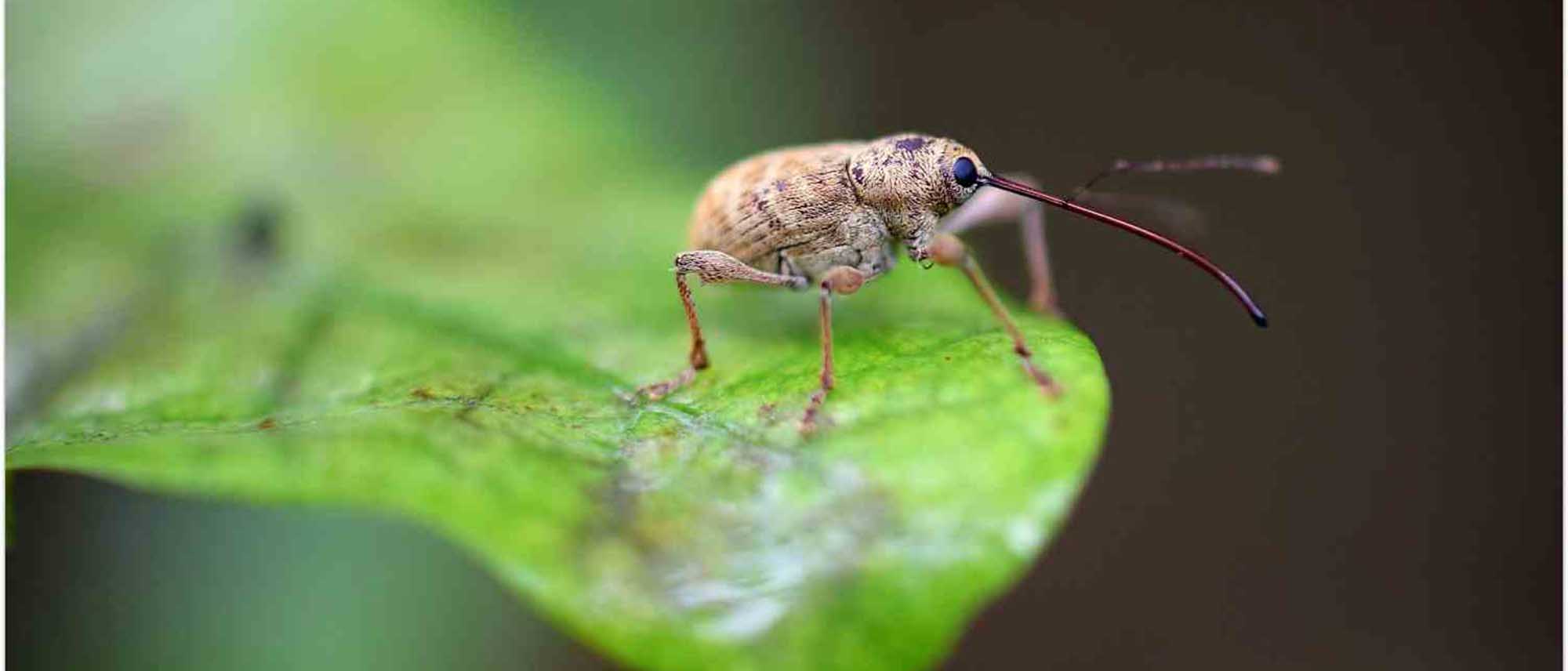
Hazelnut weevil: how to identify it and get rid of it?
Our tips to fight naturally and effectively
Summary
Hazelnut weevil (Curculio Nucum) is a species of pest insect in the family Curculionidae (weevils). This beetle is widespread in Europe and present in all regions of France. Primarily attacks shell fruits (chestnut, acorn) and especially hazelnuts. So small yet so devastating, it can completely ravage a harvest and is responsible for “wormy” fruit. No need to worry if you find these little creatures in your garden; there are single and inexpensive methods to get rid of them.
Who makes holes in hazelnuts?
Culprit is undoubtedly Balanin or weevil, a small beetle exceptionally well equipped to bore into hazelnut shells!
How to identify weevil?
Adult hazelnut Balanin measures 1 cm in length. Body is brown, covered in hair and fine beige-to-yellow scales. Female is recognised by darker brown tones while male is usually paler (tending towards yellow).
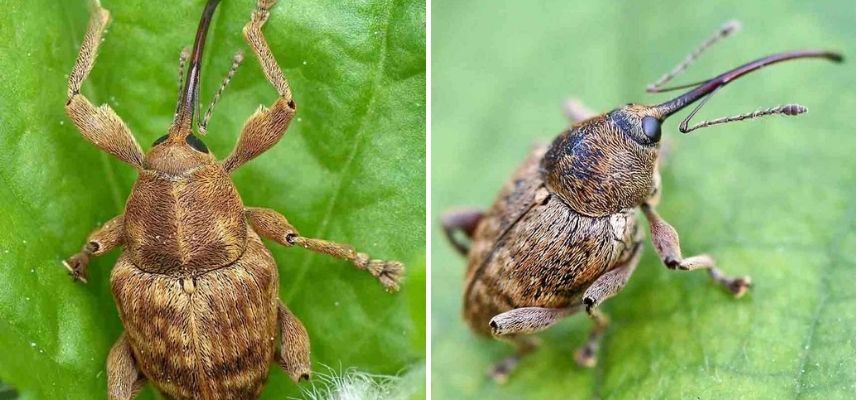
Hazelnut weevil: male on left (photo – Wikipedia) and female on right (photo: Jeffdelonge – Wikipedia)
At larval stage, Balanin measures about 1.5 cm long, is cream-white in colour with a brown head.
How do worms get into hazelnuts?
Hazelnut weevil develops and is found in different parts of the plant depending on its life cycle.
- In autumn: when the hazelnut falls to the ground, the larva exits the fruit’s shell and makes an “envelope” 10–15 cm deep in the soil among the roots where it will live dormant throughout winter.
- The following spring: the larva completes hibernation and becomes a pupa to transform into an adult. It then emerges from its hiding place to feed and reproduce. Adults first feed on other vegetation and devour leaves of trees such as hazel, chestnut and oak. Females ready to lay eggs attack fruits that are still green and unripe. The young fruit cannot resist the insect’s attacks, which uses its powerful rostrum to pierce the shell.
- In May–June, female hazelnut weevils bore a hole in the green hazelnut and lay one egg per fruit. The fruit falls to the ground before ripeness. During her lifetime, a female hazelnut weevil can lay up to 30 eggs.
- After 5 to 10 days, the egg hatches into a weevil larva that develops for about 2 months (40 to 60 days) inside the fruit, feeding on its almond.
- The following autumn, a new cycle begins.
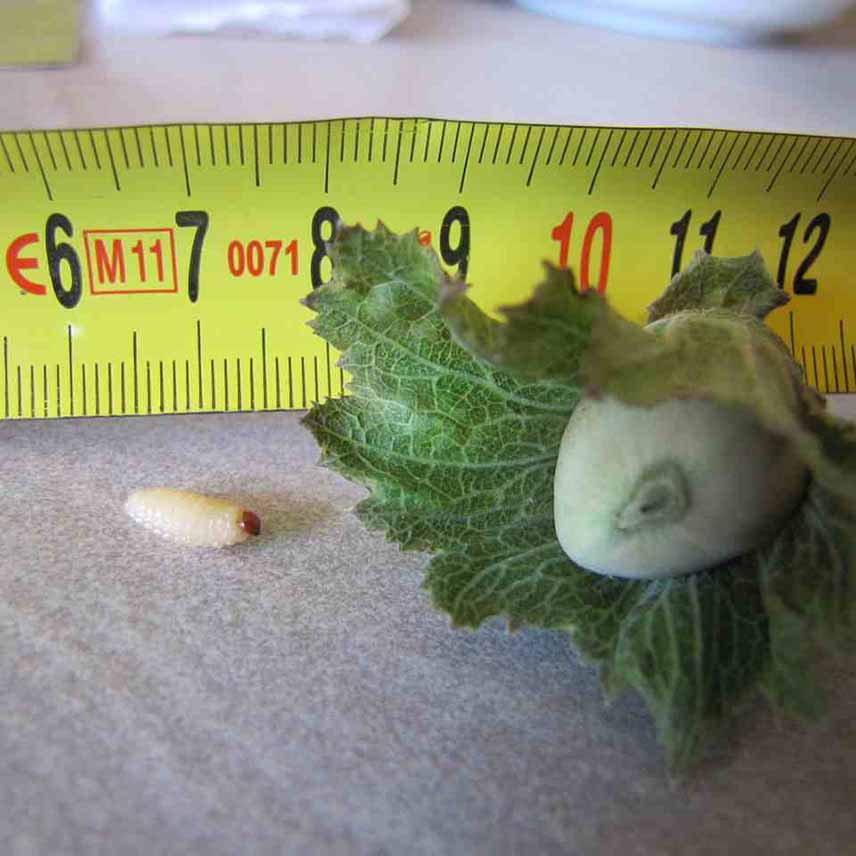
Balanin larva (photo FarceRéjeane – Wikipedia)
Beware: if you handle a larva it is not urticating but it will bite. Some larvae can overwinter for several years (between 2 and 5 years) before transforming into a pupa.
Why are hazelnuts empty?
Damage caused by the hazelnut weevil is considerable. The larva gnaws the almond enclosed in the hazelnut shell, necessary for its growth. A whole harvest can be destroyed by these voracious insects.
Visible signs will tell you if your hazel tree is “infested” or not:
- Your nuts fall prematurely to the ground, emptied of their almond,
- The fruit’s shell has a small hole,
- Hazelnut, once cracked open, is empty.
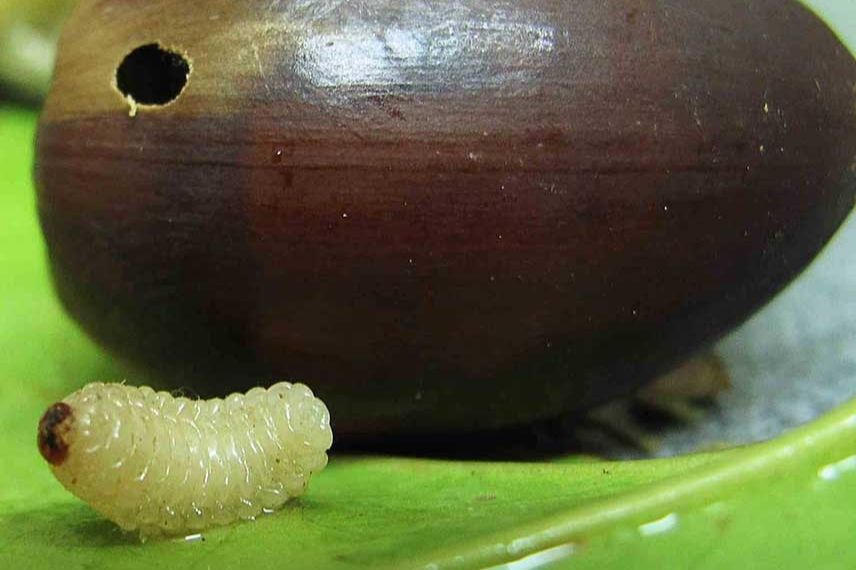
The larva of the hazelnut weevil and the characteristic hole left in the hazelnut (photo: jacinta lluch valero – Flickr)
You may also read
Welcoming garden insects: 7 shelters to build yourselfHow to get rid of the hazelnut weevil?
Pesticide treatments have absolutely no effect because the larvae are, in any case, well protected inside fruits or in the soil.
When to treat hazel trees for weevils?
Control takes place year-round, whether the insect is at the larval or adult stage.
How to treat the hazelnut weevil?
- In early spring, you can also fit glue bands to tree trunks.
- In May-June, catch adults by shaking the tree! You can trap adults by laying a light-coloured sheet on the ground and shaking the tree before removing them.
- In summer, burn any damaged fruits that have fallen prematurely to the ground.
- In autumn and winter, remove dead leaves and regularly scratch the soil at the base of the tree to expose larvae and leave them vulnerable to frost or predators such as blackbirds.
- Install insect hotels or natural shelters for beneficial garden insects: branches, piles of stones or unmown areas to encourage presence of other predatory insects that will feed on Balanin larvae (such as ground beetles).
Lorène’s little tip : if you have a few hens in your garden, let them roam beneath your hazel tree, they will relish the larvae!
- Subscribe!
- Contents
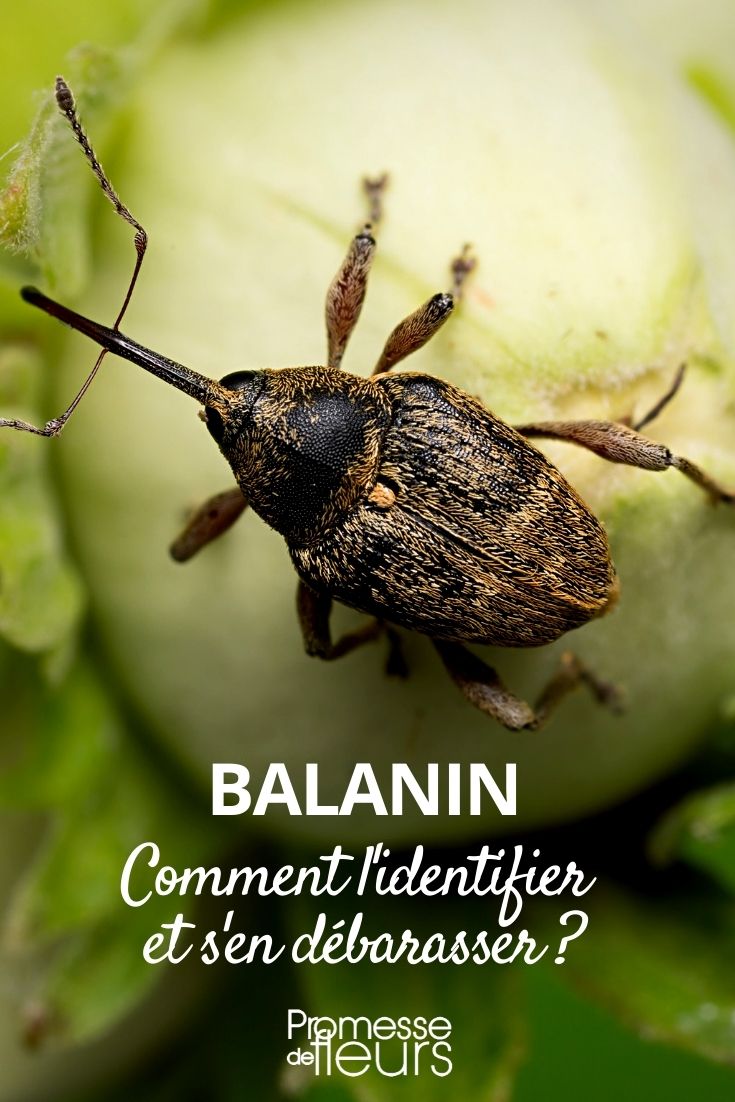































Feedbacks